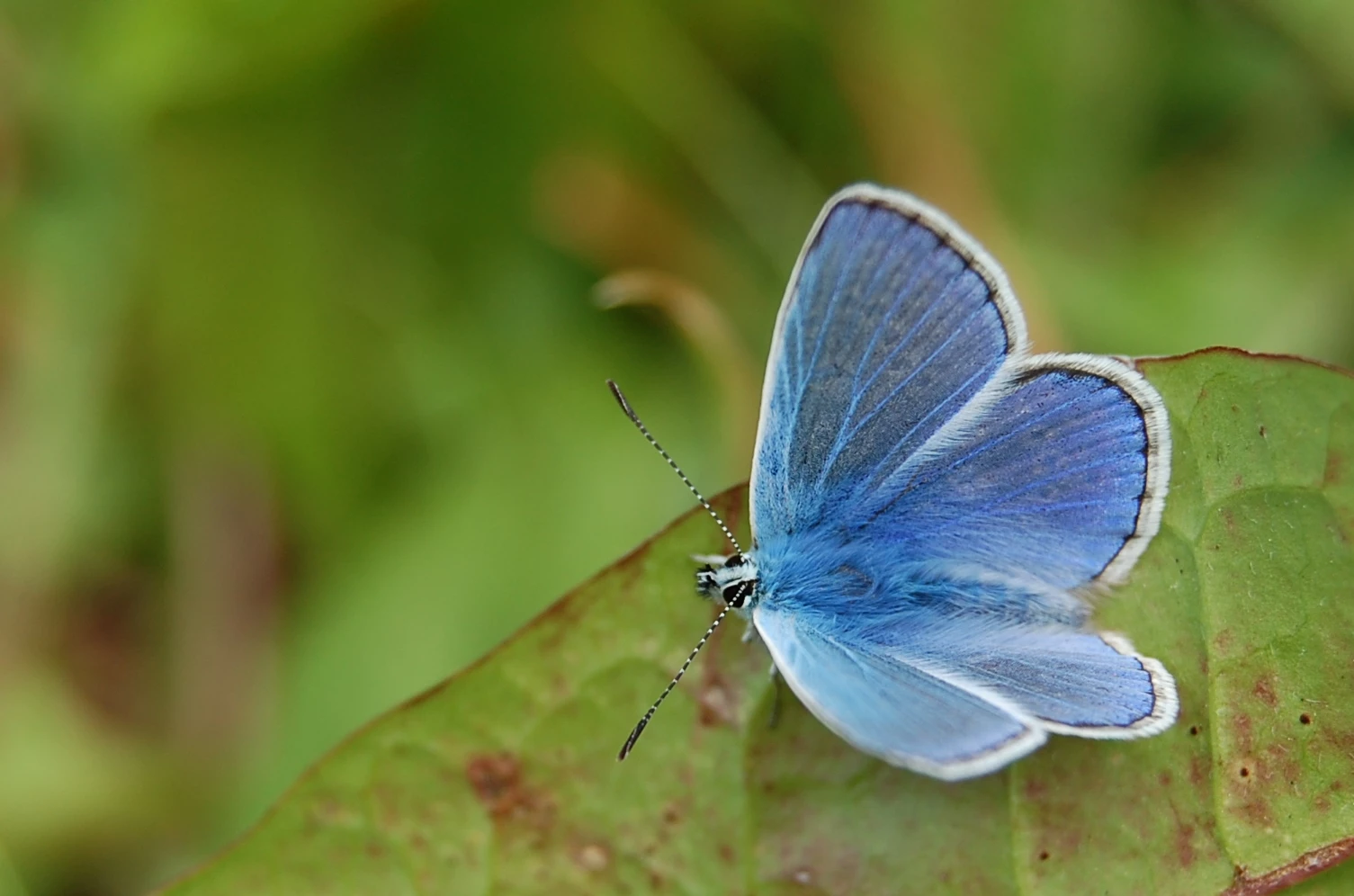Bee adventures continue
, 6 July 2015
On the 5th June undeterred by his previous stinging incident Nigel ventured up to the rooftop hives, this time accompanied by Sally. The weather was much better for this visit, a nice sunny warm day with temperatures about 17 °C and very light winds. The pair started checking the hives, the weaker colony was its usual slightly depressed self, it was noted that there were reserves of honey and a reasonable number of capped brood on the central frames of the hive. The beekeepers went through the frames one at a time and inspected the bees and despite there being far fewer bees in this hive the queen couldn’t be spotted! She’s unmarked and really quite a small queen bee compared to our other one, so it’s not unsurprising that she’s hard to spot even if there are only a few bees!
The strong colony was thriving and incredibly busy as usual. The small frames in the super are getting heavy with honey and some of the frames are almost full and the bees are sealing them with a cap of wax. Looking through the large Deep National brood box frames it was clear that there were more queen cells being produced. Sally and Nigel removed 11 cells – some which were definitely queen cells and some others were suspect drone or play cells (cells where the bees test building queen cups but never lay any eggs), clearly our bees are intent on producing a new queen but why? Queen cups/cells can be several different types: Emergency Queen Cells- produced when the queen is dead or lost; Swarm Cells, produced around the bottom of the frames and are completely vertical and lastly and the type we seem to have most of, are Supersedence Cells. These long vertical cells are produced mid frame on the face of the comb. The intention of these cells is to produce a replacement queen, usually when the existing queen is old or is running out of sperm. Really there should be no need to remove these Supersedence cells but with a young queen, bred last year, and lots of healthy brood being produced, removal of these cells seems like a wise precaution. In the next few weeks we’ll be bringing our bee keeping mentors from Natures Little Helpers to advise on how best to deal with them in the long term.
There was more pain for Nigel this inspection, although he was wearing a smock and veil over the top half of his body he only had thin suit flannel trousers on!
Over many of the past inspections it has seemed like the bees are preferentially attracted to or angered by male beekeepers. The guys have been stung with far greater frequency than our female beekeepers. This time Nigel must have really aggravated them – he was stung 6 times through his thin trousers! Six times! That must have really hurt- I bet there was some choice language used!













